Questionnaire Objectives & Targets FAQ
What can I change?
Anything you inputted into the Objectives and Targets form can be modified in the draft. Please add comments to the document for changes to any of the following:
Category Name
Brand Information
Brand Name, Category, Top Competitors in Category (Up to 5)
Selected Objectives (Up to 6)
Targeting/Weighting questions that are not listed as mandatory
What can't I change?
The requirements for the Upwave methodology to work are as follows:
KPI question wording cannot be changed.
Aided Awareness and Consideration must be included. These are foundational to measure all aspects of brand performance and include important weighting information.
The following Targeting/Weighting questions are mandatory as is:
Current Usage, Past Usage, Household Size, Television Recency, Time Online, Social Frequency (if Social is being measured). These are required for the Upwave weighting methodology.
Is the Gender question not be inclusive enough?
Upwave, like all companies in our field, uses census level data to inform our weighting. The American census does not include options other than biological genders at this time. All of this is to say, were we to include genders other than male and female, we don't have the necessary background data to understand how to weight on it.
We are collaborating with Queer the Census, an organization advocating that the US Census include gender inclusive identity questions that recognize the multifaceted nature of identity.
Age: Can we keep age 13-17?
We can support keeping respondents from A13-17, as long as that age range is explicitly in the target. We have found when the target includes that age range, it typically dominates the sample and takes away the opportunity to interview adults for the study.
Why can I not change the order of the KPI questions?
The order of the KPI questions cannot be updated, since it is based having specific brand objectives asked the same way with questions in a certain order. This order is also based on the time to expect a respondent would take to complete the questionnaire and how the questionnaire flows in the marketing funnel order.
For example, Current Usage is a very simple question (do you currently use this brand), but Past Usage is a bit more complex (did you use it more than x months ago). The intention is to ask about Current Usage and Past Usage questions before asking about future behavior, such as Consideration.
What are the Current Usage and Past Usage questions for?
The Current Usage and Past Usage questions are mandatory as is, exclusively for the automated weighting system to work.
The Current Usage question is included for every study and is part of our purchase propensity measurement. This is to demonstrate, in terms of retained and net new customers, the effect that the brand campaign has on the probability that those reached by the campaign will become a customer. There is no time frame included in this question.
The use of the Past Usage question is where we establish a timeframe of a window prior to campaign exposure, to isolate pre-campaign preferences and get estimates of the true lift for the campaign.
The timeframe (more than 3 or 6 months) used for the Past Usage question is based on the purchase frequency of the brand that is being measured.
What is a respondent is not aware of my brand?
If a respondent did not select the measured brand name in the Aided Awareness question, they would be skipped of the rest of the KPI question and brought to the targeting/weighting section of the questionnaire.
Are respondents that are outside our campaign targeting terminated?
We do not filter/screen/terminate any respondents (except for categories that would be age appropriate 21+).
Filtering breaks our platform, which is meant to measure everyone the campaign reaches, and not just certain people. We can make cuts of data to ensure there is performance data among the target.
Survey Length
Questionnaire generally will not exceed 15 questions. The questions allow studies to both measure KPIs and collect the data that's necessary to accurately compare the control and exposed respondents.
We have extensively tested our questionnaire length and there are no drop offs in respondent collection with equal attention span.
The length of the questionnaire is sufficiently easy for respondents to complete the survey and answer accurately. This real-world value exchange (~90 seconds for short term incentive) keeps accuracy high and bias low. The questionnaires are designed to take under 90 seconds to complete.
None of the above
A "None of the above" option is included in order to have a valid response for respondents who do not shop to purchase a brand or products in a category. If we leave the Other option in, it's likely few people will select the Other option if our primary list of answers is comprehensive.
How do I receive the questionnaire?
A questionnaire draft will be sent to review and approve up to 3 business days after the Objectives & Targets form is submitted for the campaign.
The Questionnaire will be sent to your team member contacts who have been selected to received Campaign Setup & Management notifications for the campaign.
How do I approve of the questionnaire?
Reply to confirm approval on the "Questionnaire ready to approve" email to launch the study.
When does my study launch after the questionnaire is approved?
The study will be set live based on the Media Start Date you have inputted on your Campaign Information form, with a 3 business day SLA from date of approval. Please note that this can be significantly delayed if there is friction over the questionnaire creation among your stakeholders.
